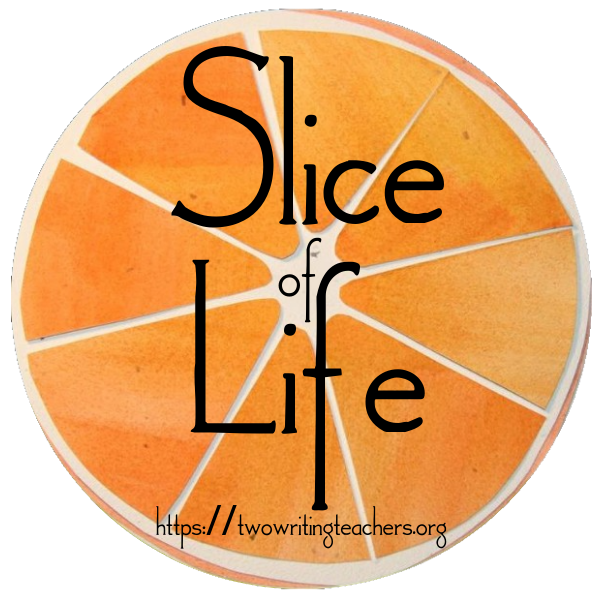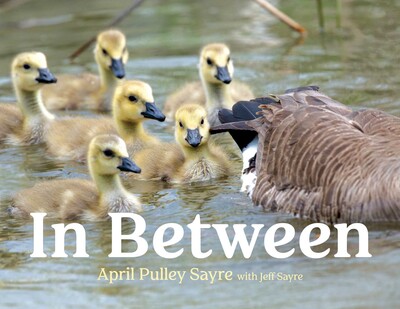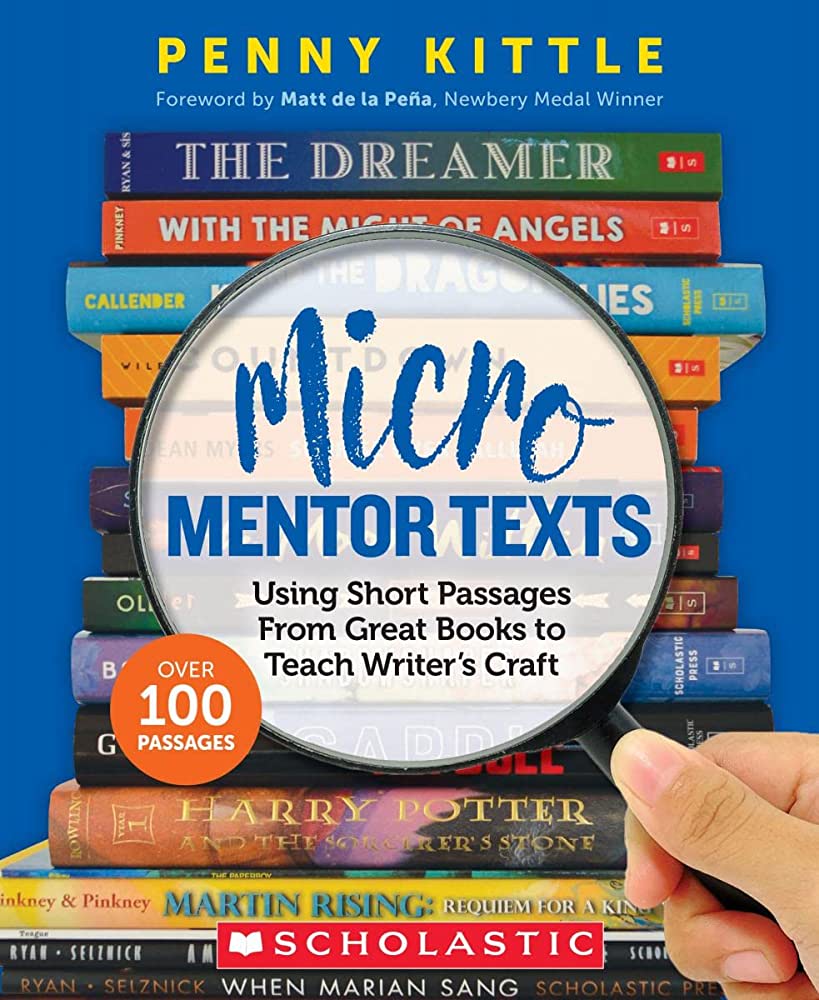Please join us in writing and sharing a slice of life story with the #TWTBlog community today!
Author: Amy Ellerman
It’s Tuesday! Welcome to Slice of Life on #TWTBlog!
Please join us in writing and sharing a slice of life story with the #TWTBlog community today!
It’s Tuesday! Welcome to Slice of Life on #TWTBlog!
June is a magical month--full of stories! We invite you to write and share a slice of life with the #TWTBlog community today.
It’s Tuesday! Welcome to Slice of Life on #TWTBlog!
It's the first Tuesday of June--what a perfect opportunity to write and share a slice of life story!
Treat Yourself to a Summer of Writing
If you’ve determined that carving out space for your own writing life is important this summer, here are a few tips for making it happen.
Mentor Texts as Springboards for Writing
I'm always on the hunt for books that capture a universal experience in a way that opens possibilities for writing in response (or in conversation). Mentor texts that invite writers to riff off their brilliance while creating something entirely new. April Pulley Sayre’s latest picture book, In Between, is exactly that kind of book (Beach Lane Books, 2023).
And Then. . . IT IS MAGIC
I believe in communities like this one, where teachers of writers come together to learn and to share, where we do the writing work we are asking kids to do.
DAY 18 OF THE MARCH SOLSC! #SOL23
It's a beautiful day to write a slice of life story! We hope you'll join us!
DAY 17 OF THE MARCH SOLSC! #SOL23
Happy St. Patrick's Day! It's the perfect day to write a slice of life story and share it with the community!
DAY 16 OF THE MARCH SOLSC! #SOL23
It's Day 16, which means we're officially crossing the Continental Divide of this challenge! It's all downhill from here, right?
Micro Mentor Texts: A Review and Giveaway
This book is the absolute GIFT of thinking alongside Penny Kittle while she makes the thinking work necessary to choose and use mentor texts visible.
DAY 15 OF THE MARCH SOLSC! #SOL23
It's Wednesday, it's March 15, and we're almost halfway through the March Slice of Life Story Challenge! Let's write!







